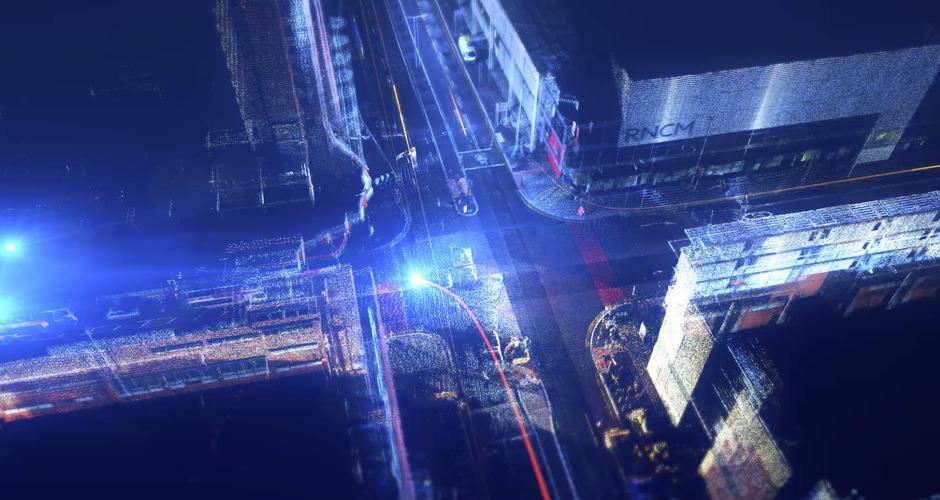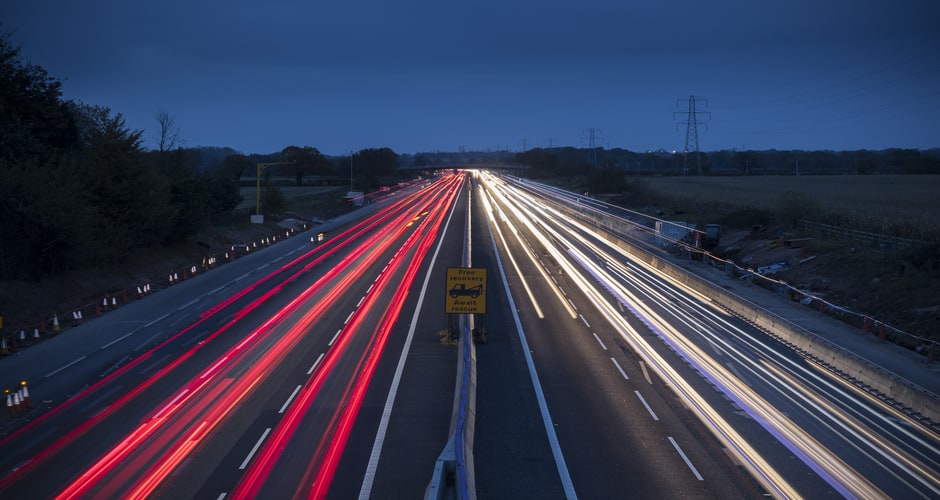 Miranda Sharp, Innovation Director at Ordnance Survey, explains why reliable data will be the operational bedrock for tomorrow's autonomous vehicles
Miranda Sharp, Innovation Director at Ordnance Survey, explains why reliable data will be the operational bedrock for tomorrow's autonomous vehicles
The debate concerning the safety of autonomous vehicles has persisted since their inception, largely surrounding the ability of a car to accurately sense and respond appropriately to its immediate surroundings with Artificial Intelligence. Despite the expectation from many that autonomous cars will be less dangerous than their counterparts – with humans behind the wheel – these concerns will continue to surge as we grow nearer to the rollout of these vehicles, an event less than three years away according to chancellor Philip Hammond.
Though Artificial Intelligence will contribute to the safety of the vehicles, the most considerable risk to the success of autonomous technology could come from the increasingly fragmented nature of the automotive and transport market itself.

Throughout the automotive industry, rival companies that are pioneering autonomous vehicle technology are engineering cars with onboard sensors and communication systems that are designed in isolation, with no aim to ensure compatibility. Designed and built by different individual operators, these models are likely to be limited to working alongside vehicles manufactured in the same way. The systems are thus designed to manage an individual car rather than the ‘fleet’ of vehicles that will be travelling our roads.
This dangerous issue could be averted through a more co-operative approach to developing mobility systems. Connected and driverless car fleets will be able and need to draw on the ‘wisdom of the crowd’ to learn about live events in a way that today’s vehicles are unable to do. The individual cars have the capability to crowd-source real-time data on road hazards from other vehicles on the road. Such a system should pool a rich national database of data from all road-users and roadside infrastructure, with equal coverage across the country. To ensure everyone benefits, it will need to be viable overseas and more critically, must be vendor-neutral. All connected and driverless cars need to be able to work as a roving fleet of ‘surveyors’, collectively contributing to the safety of all other road-users.
However, if different models of vehicles use different sensors, maps and communication systems this could cause inconsistent and inaccurate hazard warnings, resulting in traffic chaos and potentially fatal accidents. Cars using different mapping services may also have inconsistent positioning data, which would leave them unable to coordinate movements with other vehicles when navigating ‘blind corners’ or changing lanes.

An additional threat to the safety of autonomous vehicles is the fact that many Silicon Valley mapping systems in driverless cars may have excellent coverage of urban areas but may not have the same quality of coverage of remote rural areas that are of less commercial interest. This would mean cars are unable to confirm the accuracy of their own sensor inputs against trustworthy location data in every area across the country. For example, without access to up-to-date mapping data, which tells cars the speed limits in every area, a vandalised road sign could be extremely dangerous. An extra 0 scrawled on a 20mph road sign could mean the vehicle’s image-recognition assumes it can go up to 200mph. Without the latest location data to hand, autonomous vehicles will be going in blind to risks that a human could predict from local knowledge, such as roads prone to floods or those which are covered in dangerous black ice.
The most effective way to avert this is a single standard for communication between autonomous vehicles, so that local authorities can monitor and manage all models of driverless car. Future road safety will require autonomous vehicles to ensure their mutual safety and intersect with other modes of transport with the potential of delivering wider environmental and social benefits, such as improving air quality.
If we are to make autonomous vehicles safe, we must enable the automotive and emergent software and sensor industry to co-operate instead of compete. We must create mechanisms and standards to ensure rival models of driverless cars can ‘talk’ to each other, navigate by drawing on the ‘wisdom of the crowd’ and check their own data against a neutral source of location-based data on all road risks, such as a National Digital Twin.
Ordnance Survey (OS) has mapped every square kilometre of Great Britain and has been working on the Government-backed E-CAVE project to define universal standards and technologies governing vehicle communication. OS is also working with collaborators on another project, OmniCAV, to research the capture, processing and serving of geospatial high-resolution mapping data in Oxfordshire to accelerate testing of vehicles in both the real and simulated environment.
The goal is to ensure the mobility industry, including all road users and infrastructure providers, unites around a single set of rules for how to capture and share positional and safety data in real-time. This ensures we can trust the accuracy of the location data that our safety will depend on, and that all rival models of car are designed around the same data standards. This will make certain that market competition is not prioritised above road safety, and that everyone can share in the benefits that autonomous mobility can bring.










Water Sector Talent Exodus Could Cripple The Sector
Maybe if things are essential for the running of a country and we want to pay a fair price we should be running these utilities on a not for profit...